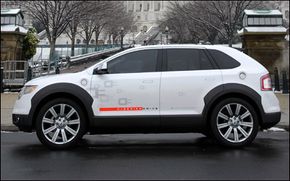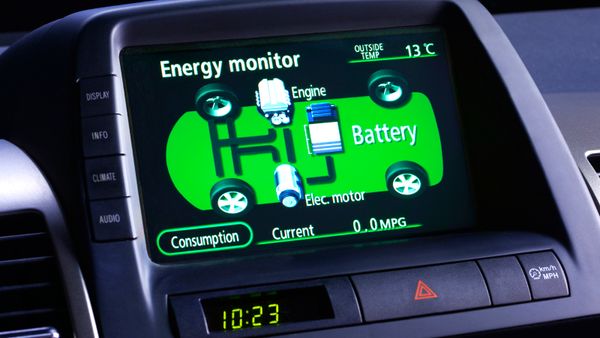Because of their promise of improved fuel economy and reduced tailpipe emissions, vehicles employing hybrid drivetrain technology have drawn the attention of both the media and automotive consumers. There is no question that the technology works, typically providing fuel economy gains of 25-40 percent when compared to similar vehicles with conventional drivetrains.
Looking for ways to further improve fuel-economy, manufacturers are exploring enhancements to the basic hybrid concept. One promising avenue is the plug-in hybrid car. In simplest terms, plug-in hybrid cars incorporate traditional hybrid technology but benefit additionally from plug-in charging.
Advertisement
While several manufacturers claim to be working on the technology, General Motors' Saturn division has promised to introduce a plug-in hybrid version of its Vue SUV by 2009.
Expanding further on plug-in hybrid technology are two vehicles still in the concept stage. The Chevrolet Volt, which was introduced at the 2007 Detroit Auto Show, and the Ford Edge with HySeries Drive, also introduced in 2007, combine elements of plug-in charging with other potentially fuel-conserving technologies.
Many hybrid vehicles conserve additional fuel by incorporating a shut-off system that shuts down the engine during stops. In these cars and trucks the electric motor alone may propel the vehicle for short distances.
The following article will explain exactly how plug-in hybrid cars work. It also will examine some of the benefits of plug-in hybrid cars.
Advertisement



